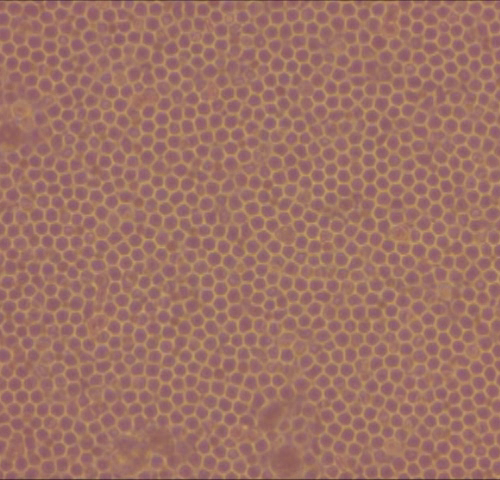Stem Cells
However, in their search for a source of stem cells to use for therapy most stem cell companies encounter problems relating to the use of this technology. These problems typically fall into one or more of the following categories:
- Ethical issues: there are significant public and political reactions against the use of embryos and cloning techniques to produce stem cells.
- Biology: the underlying biological and genetic events and outcomes are not fully understood; nor, necessarily, is the long term impact or outcome of any stem cell therapy
- Speed of production: There is a general failure of the technology to produce sufficient quantities of stem cells fast enough for practical, low cost use in therapy
- Cost: Many techniques are expensive due to patient conditioning regimes, cell collection and expansion
- Rejection: There are major compatibility issues between donor and patient
- Manipulation: The requirement for genetic manipulation of the cells
What Are Stem Cells?
Stem cells are the foundation cells for every organ and tissue in our bodies. The highly specialised cells that make up these tissues originally came from an initial pool of stem cells formed shortly after fertilisation. Stem cells are undifferentiated cells that are the precursors of all specialised or differentiated cells within the body. During cell division they produce both another stem cell, in a process called self-renewal, and a cell that will become differentiated. The differentiated cell cannot normally return to its original stem cell state, is termed committed. In this way stem cells can generate the approximately 200 different specialised cell types and tissues found within the body
Embryonic Stem Cells
Embryonic stem cells are described as pluripotent, meaning that they can generate all the different types of cells in the body. Human embryonic stem cells are generally derived primarily from embryos that were created by in vitro fertilisation but are no longer needed.
Mesenchymal Stem Cells
Cells from a variety sources have been termed Mesenchymal stem cells (MSCs) – it has not been established whether these cells are all the same or different.

Induced pluripotent stem cells (iPS)
These are differentiated adult cells that are engineered, or reprogrammed, to become pluripotent.
The original iPS cells were produced by using viruses to insert extra copies of genes known to be important in embryonic stem cells into the differentiated cell. It is not yet completely understood how these genes are able to induce pluripotency and research into iPS is still at the laboratory stage.
Tissue-specific Stem Cells
Tissue-specific stem cells, which are sometimes referred to as adult or somatic stem cells, are already somewhat specialised and can produce some or all of the mature cell types found within the particular tissue or organ in which they reside. Because of their ability to generate multiple, organ-specific, cell types, they are described as multipotent.
Tissue-specific stem cells have been found in several organs that need to continuously replenish themselves, such as the blood, skin and gut and have even been found in other, less regenerative, organs such as the brain.
